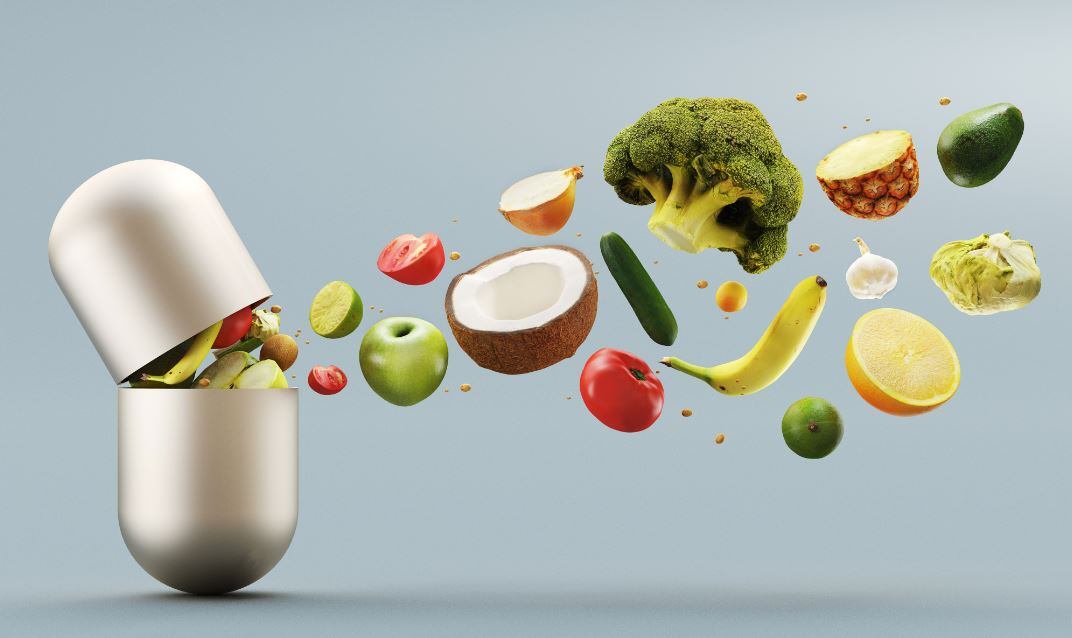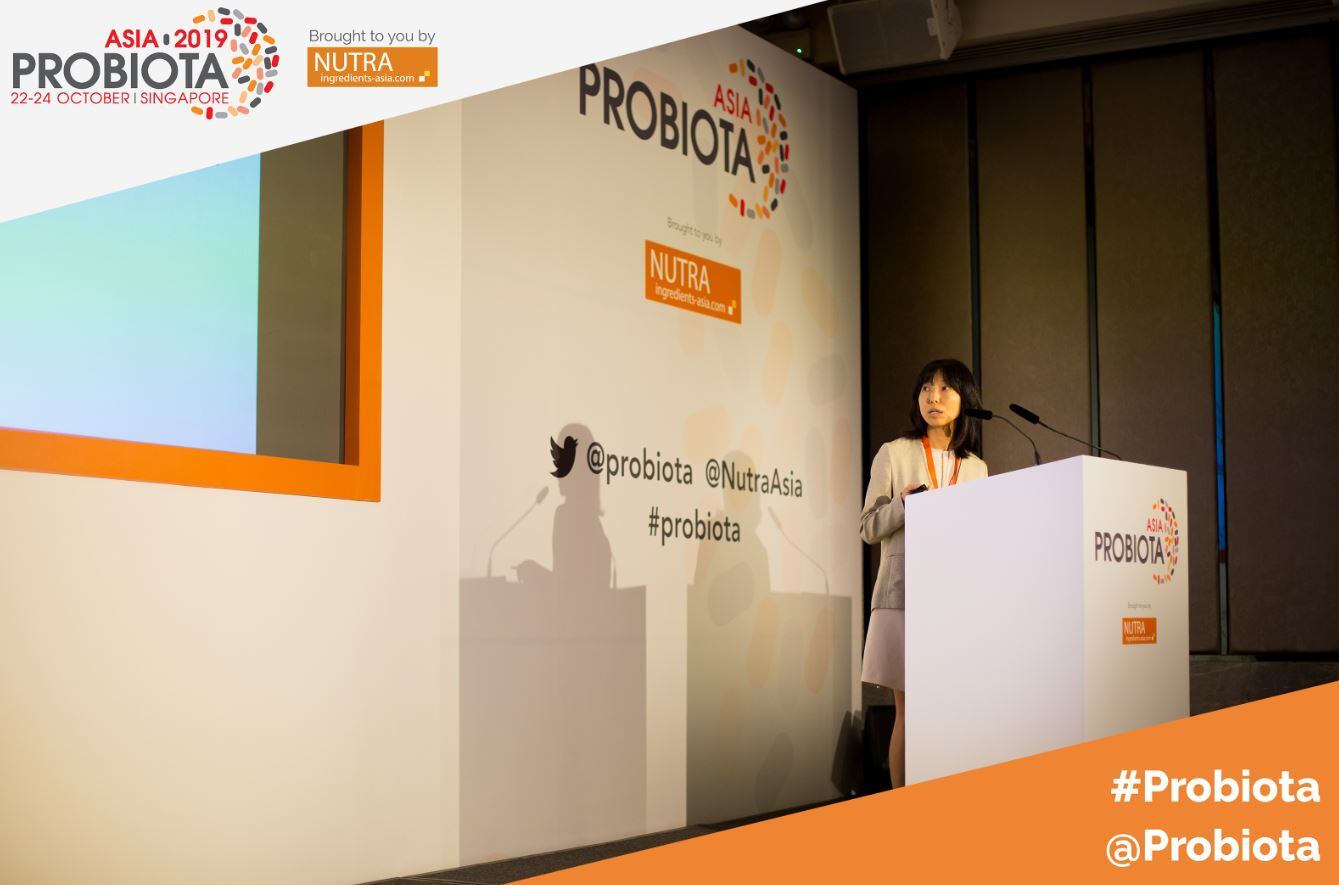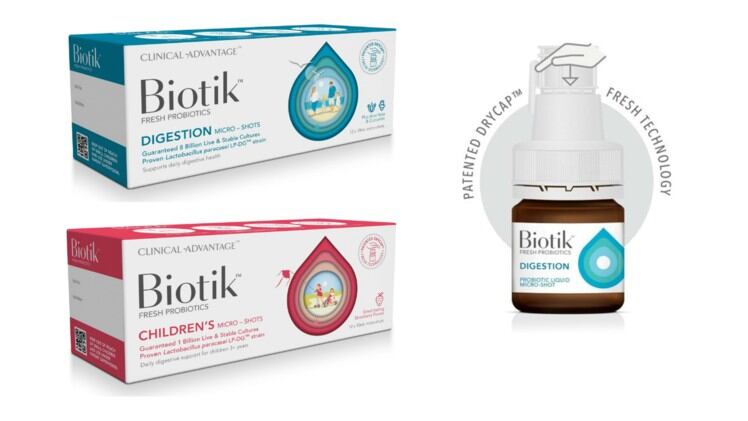The firms shed light on five key areas: 1) probiotics, 2) functional foods, 3) sports nutrition, 4) foods for special medical purposes (FSMPs), and 5) the use of social commerce to engage the consumers.
1) Probiotics – new functions, new formats
A greater health consciousness amongst the consumers and the rising demand for functional foods and beverages have stimulated exponential growth in APAC’s probiotics market.
The biggest APAC probiotic market, China, is now contributing more than half of the region’s US$19bn probiotics sales.
And the health focus of consumers has also been shifting from general digestive health probiotic products to products that target specific health areas.
Dr Chyn Boon Wong, research associate at Morinaga Milk Industry pointed out, that some of these areas include weight management, infant health, mental health.
Within APAC, Wong observed dietary supplements in sachet forms were gaining the most traction, because “it is easy to consume and suitable for all ages ranging from infants to elderly people,” she said.
Despite the growing market, she said that Asia’s probiotics industry was facing major challenges on the lack of education and awareness among manufacturers, professionals, and consumers.
“There are large gaps in the knowledge of probiotics (what they are and how they work) and the selection of good probiotic products for human use.”
Among the obstacles include uneven quality in probiotics products, such as products not meeting claimed active counts or incorrect strain identification, as well as non-evidence-based products with low compatibility with the human host.
“These may erode both professionals and lay consumer confidence in these products, resulting in decreased usage and sales.”
She added that product storage was also a challenge as temperature, water activity, storage time, and carrier material, could affect probiotic survival.
She stressed that there needed to be continuous efforts “to organise health-awareness campaigns for consumers, and in research and development to provide scientific-based health benefits of specific probiotic strains,” to address the demands of the market and ensure its continued growth.
She sees a huge growth potential in Asia’s probiotic market. Postbiotics are also touted as another sector for growth.
“Postbiotics such as paraprobiotics (non-viable microbial cells) and the beneficial metabolites produced by specific probiotic strains could be an attractive alternative to traditional probiotics as they postbiotics can be used in a wide range of food applications.”
2) Future of functional foods is beauty, oral care and musculoskeletal
Functional foods with beauty, oral health, and musculoskeletal functions are predicted to rise in APAC over the next few years.
This is according to Satoshi Fukumitsu, manager of the Innovation Center at Japan’s Nippon Flour Mills.
He told NutraIngredients-Asia that an ageing population in APAC, has led to the demand for functional foods, “which could enhance the quality of life, such as oral care, muscle, and joint health.”
For Japan, he said the health areas which consumers were most concerned about include, “locomotive syndrome (joint, muscle problems), memory, sleep, and then recovering eyesight will be the next trend as Japan becomes a super-aged society.”
In terms of what consumers look out for in functional foods, he said safety, price, and visible benefits were most important.
“Consumers tend to look for safe and secure products, with quality control and assurance guaranteed.
“Secondly, functional foods need to carry a reasonable price for the value of the product.”
“Lastly, consumers want products that display visible benefits such as glossy skin and weight loss.”
According to Amit Hyzkihu, R&D director at Israeli manufacturer Top Gum Industries, convenience also played a key role in consumers’ purchase decisions.
“I think that the consumers in APAC look at the convenience delivery, this is where formats like gummies are more advantageous compared to tablets, capsules or other supplements delivery ways.”
He agreed with Fukumitsu that, “the brand, look, and feel of the products have strong connections to the consumers’ decisions.”
3) Protein – for sports and active lifestyles
Protein supplementation is no longer for hard-core athletes. With more individuals adopting an active lifestyle, the market has moved beyond protein powder for gym-goers.
This is according to Craig Kearney, CEO of Vitaco, the firm behind sports nutrition brand Musashi.
He said that there would be more consumers consuming sports nutrition as an “everyday product”.
“More and more, we are seeing consumers who are deciding that they will have sports healthy snacks, rather than a normal confectionery, and so I think we will see an expansion in the usage of sports nutrition for more day-to-day consumption.”
He also gave insights into the types of products that are gaining traction.
In terms of protein source, he believes there will be greater demand for plant-based, as well as collagen protein.
Meanwhile, he also expects to see more combination products hit the market, such as a protein with added vitamins, probiotics, or other minerals.
“I think consumers are looking for convenience and combinations which will give them additional health benefits, having it all in one product.”
Lastly, he noted the ever-growing influence of e-commerce and social media on the purchasing decision of consumers.
He gave the example of the ANZ markets, where social media was crucial for promoting the sale of protein powder.
“Social media is becoming a critical word of mouth and new trends often come out through social media before coming out from other channels.”
Elsewhere in India, sports nutrition leader Muscleblaze, pointed out that consumers’ awareness of whey protein has been growing, with year-on-year sales rising by nearly 25%.
The growth is fuelled by the younger generation adopting fitness lifestyles and more competitive product prices, said the firm’s general manager Kaustuv Paliwal.
4) FSMPs – enormous potential in hospital settings
Foods for Special Medical Purposes (FSMPs) is one of the key categories that dietary supplements and big pharma are paying attention to, according to Mintel.
Nestle Health Sciences China is one example. According to Cecily Gu, regional business head for Greater China, customising the products to local needs was key, including a focus on the local taste and unique dietary habits.
As of November last year, the firm had six FSMPs products approved by the Chinese government.
One is the whey protein-based product “Xiaobaitai” (Peptamen), which is for hospitalised children facing digestion problems.
Another popular product is “SuYuSu” (Oral IMPACT), a cancer-specific formula for strengthening immune function.
However, the firm still believes there is significant untapped potential.
A key target is the hospitalised patients, whereby 40% are facing the risk of malnutrition, which can, in turn, lead to infection, weight loss and other complications.
The other targeted group is the discharged patients who require recuperation, however, there is currently a lack of products for these individuals.
On the other hand, the firm believes that the cross-border e-commerce channel, where consumers purchase products online, can help the firm better understand consumers’ needs.
This in turn allows it to work on the right product formulation to suit consumers' needs.
5) Social commerce – the era of short videos
Using social commerce platforms to sell health foods and dietary supplements is becoming increasingly common, in particular in China.
Chong Kawee, CEO of Kino Biotech, the manufacturer of Kinohimitsu, who also heads the cross-border e-commerce solution firm Kinofy, told us there had been more than 100% growth in the number of firms seeking social selling expertise from them.
With China rolling out the high-speed 5G network, he believed that short videos would be “in” thing for promoting sales on social commerce platforms.
“Looking at the trends in China in 2020, it is the 5G network, downloading is becoming so fast and seamless, everyone is embarking on this bandwagon of 5G to produce videos.
“People will want to see videos, because it is much easier to digest, rather than reading,” Chong said.
Brand owners will thus need to prepare enough content when selling on social commerce.
Content aside, he added that brand owners would also need to consider the types of social selling tools to use.
Some popular tools he said, included Get A Friend to pay and crowdfunding. Others include timed sales, auction, subscription, and online-to-offline (O2O) plugging.
“Brands should use different selling tools to engage your consumers because it is no longer about selling, but about how you engage them.”




